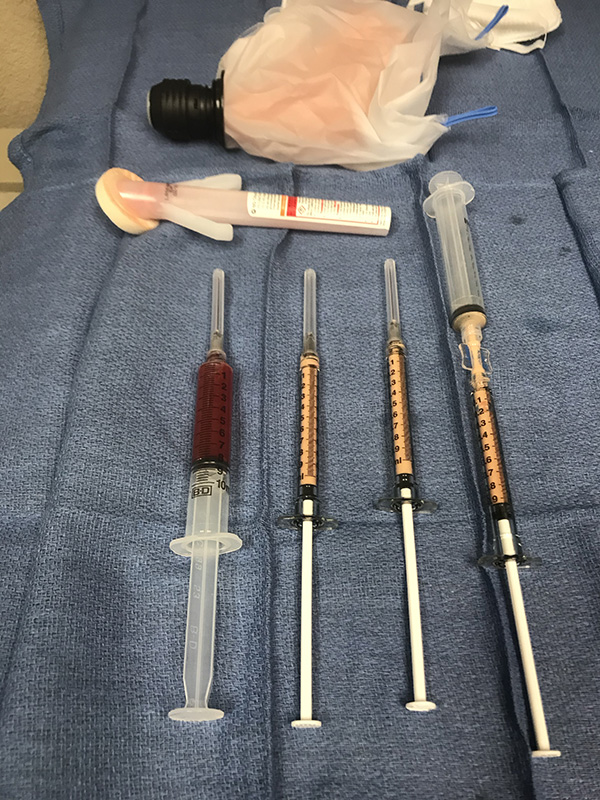The BIOS Orthopedic Institute
Alberto J. Panero, D.O.
Regenerative Orthopedics Specialist & Sports Medicine Specialist located in Sacramento, CA
Another way of improving outcomes of interventional orthopedic procedures is by using biologic scaffolds. Just like in construction, a scaffold can serves as a temporary structure that sticks to a tear or site of injury and provides a fixed target for us to inject orthobiologics into. These scaffolds are ideal structural support for holding cells, growth, factors, and cytokines during the repair process. Moreover, we can use biologically “active” scaffolds, that have their own own properties that can not only act as a scaffold, but can initiate or regulate the body’s innate healing response within the musculoskeletal system.

